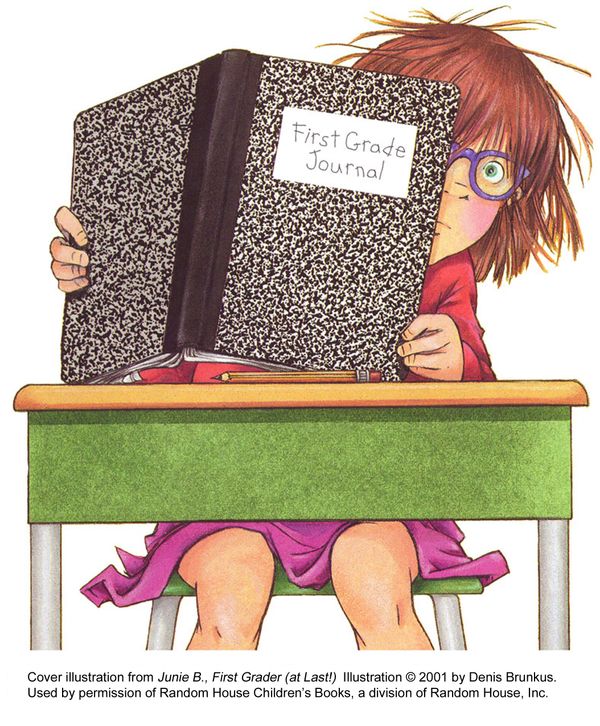For hundreds of years, artists have used their technical talents to describe and illustrate the world around them, but it has been a recent preoccupation that they have used their work to convey a sense of deeper commentary regarding the tumultuous state of the political climate. Art has long been an expression of complex emotion, a dictum on the fragile human condition; far longer has it been a pronouncement of a certain culture or lifestyle than artists have used the medium to comment on politics.
But comment they have. Through advertisements, posters, inflammatory propaganda, and provocative art pieces, political and social unrest have been expressed in every mode possible. Times of war, time of peace, and every riotous epoch in between can be exposed to the general populace through simple imagery and text. El Lissitzky knew this, of course. As did Julius Klinger and Herbert Bayer. Their work accurately articulated the bureaucratic situation in their respective time periods, and one could argue that the pieces make just as much, if not more, impact today based on the modern day bipartisan environment.
Diplomatic disputes aside, El Lissitzky was one such artist. A constructivist, Lissitzky’s work as a whole is often characterized by mathematical design elements complete with a complex grid system, and described. He believed that art should serve a purpose in society and be useful for the social order, as opposed to the self-expressive suprematist views of the same era. One of his most famous pieces, “Beat the Whites with the Red Wedge”, makes a particularly powerful political proclamation. Created in 1919, it communicates the idea of warring sides through simple geometric shapes and bold color choices. Lissitzky approached the subject logically, but decided to convey it symbolically instead of literally. Angular shapes in angry colors symbolize political unrest, and set against stark surroundings the work succinctly but strikingly shows the war effort. Artists and designers see the color and asymmetry of the work, while the common man understands the work to be a metaphor for a hostile conflict.
Like-minded Julius Klinger had the unique ability to artistically tackle the subject of politics. Set with the project of creating a poster for Germany’s 8th bond drive in 1917, he chose not to fill the empty space with gaudy grandiloquence but rather impart upon the blank page a striking image of a dragon being brutally pierced by dozens of arrows. The message is immediately received. The symbolism is not lost on his viewers; they understand the dragon to represent the country as a whole and the political turmoil that is likely to ensue without additional intervention. Klinger’s propaganda is especially jarring to a westernized audience; compared with straightforward political posters of the same era by artists such as the American Flagg, the work is metaphorically strong and almost unsettling. In spite of (or perhaps because of) such shocking imagery, the viewer is made clearly aware of the grave nature of the political arena.
Herbert Bayer, however, took a quite different approach when it came to graphic design. His prototypical work consisted of clear and simple typographic forms, dynamic composition with strong horizontals and verticals, and an easily recognizable hierarchy. One of his more famous works, a piece of German propaganda, makes a powerful political statement in the form of a brochure. It makes a commentary on the bureaucratic proceedings at the time, especially during the Nazi regime. Through the brochure, it is clear that the despicable parts about Hitler’s reign are intentionally omitted, and this of itself makes a statement about the dicey nature of the political climate.
El LIssitzky has a particularly arresting artistic style that is not mimicked by any other artist whose work I have studied. His peculiar bravura blends geometry and two-dimensionality with emotion and conflict in the real world. This is very much in contrast with the way that Julius Klinger approaches the same subject. Whereas Lissitzky employs basic shapes and stark colors in his work, Klinger renders startling imagery and symbolic themes that capture the viewers and leave them breathless. Dragons and piercing arrows are a far cry from triangular shapes, but both are effective at getting their point across. Visually, both pieces are salient in their unflinching ability to deal with tough issues and portray them to the general populace. Bayer, too, possessed this ability. Although he had the challenge of designing a piece promoting a totalitarian regime, he did so while depicting the political situation through design. All three have distinctive styles, but the mark of a good designer is aptitude of portraying differing situations to the public with swiftness and clarity.
It is now evident that Lissitzky, Klinger, Bayer, and other artists put great amounts of thought into their works in order to wordlessly utter a politically-charged idea. Their artistic expression becomes a way of analyzing the political system and suggesting an emotional undertone of the era. Text and imagery, when used according to the concepts of effective design, can seamlessly blend to send a message to the viewer. Spoon-feeding messages to viewers through obviously unmistakable typography is the precise antithesis of symbolic art. Studying these classic works made me realize the palpable power of political expression through art.





















